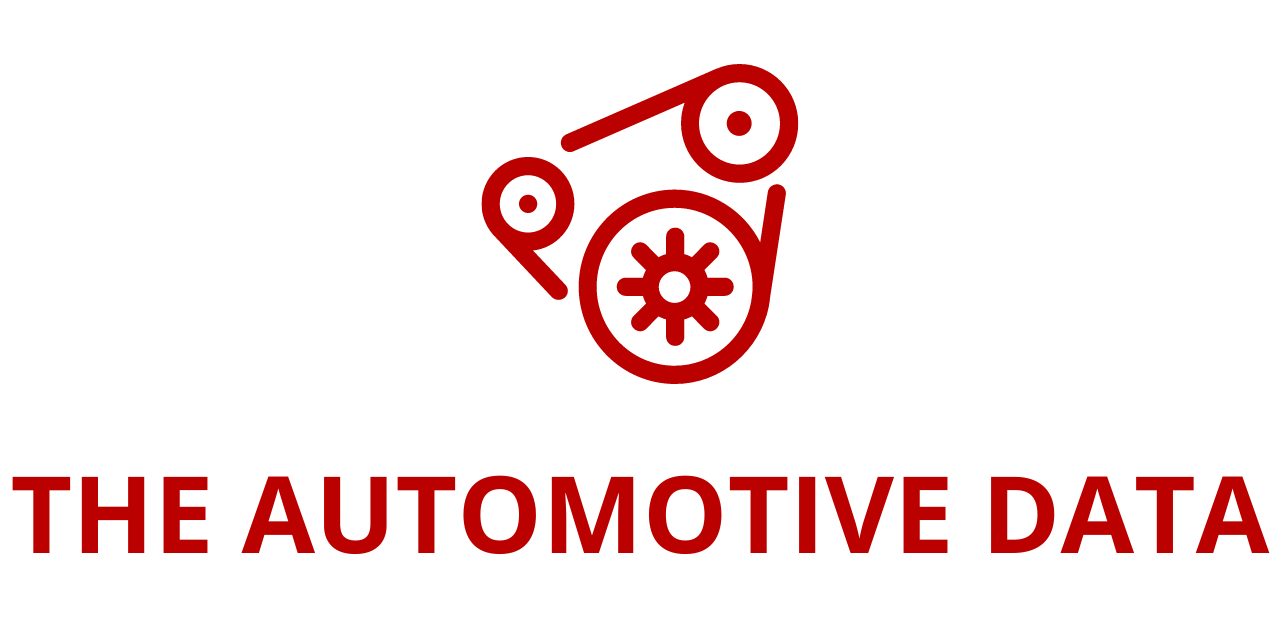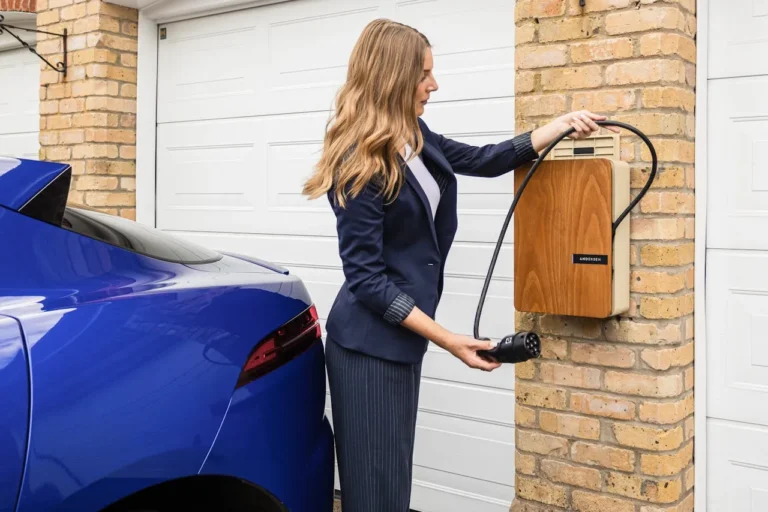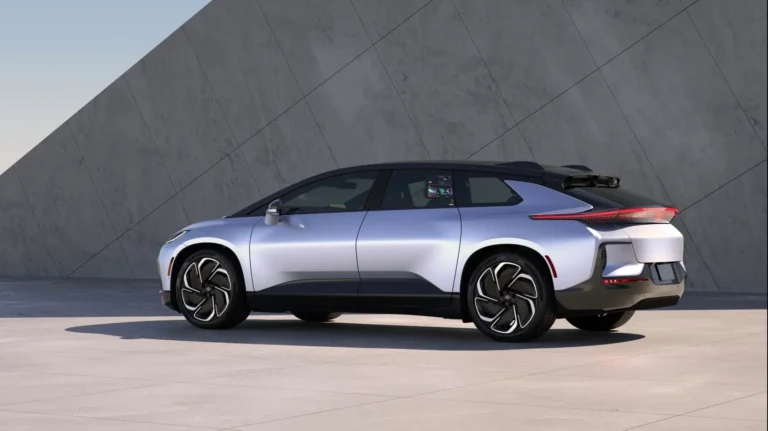
Canada’s EV Market Finds Its Footing in a Post-Incentive Era
Canada’s electric vehicle (EV) ecosystem is entering a new phase—one where financial incentives and rapid early adoption give way to a more grounded focus on long-term value, reliability, and customer trust. As government rebates fade and sales momentum cools, the industry is learning how to sustain growth in a maturing market.
From Subsidy-Driven Growth to Sustainable Demand
For much of the past decade, government rebates and an expanding lineup of electric models powered Canada’s EV boom. That surge, however, is now moderating. In the second quarter of 2025, EVs accounted for just 9.2% of new car sales—down sharply from nearly 19% at the end of 2024. The federal iZEV rebate program, which had offered up to $5,000 per vehicle, ran out of funds in January 2025.
This funding lapse has forced a strategic shift across the industry. Automakers, dealers, and policymakers are now focused on proving that EVs can stand on their own economic merits. Instead of pushing purchase incentives, the conversation has turned to total cost of ownership (TCO), charging convenience, and long-term reliability.
Educating Buyers Through Economics
Dealerships are adapting to this new landscape by emphasizing the numbers behind EV ownership. Trained staff now walk customers through lifetime ownership costs—highlighting how lower electricity prices and reduced maintenance can outweigh the higher sticker price of an EV.
A July 2025 study confirmed that TCO modeling is becoming one of the most influential decision-making tools among potential EV buyers. “As the adoption of electric vehicles is often hindered by perceived high upfront costs, a thorough analysis of total cost of ownership allows for a more accurate comparison with conventional vehicles,” the study noted.
The data supports this approach. According to the Canadian Automobile Association (CAA), EV owners spend 40–50% less on maintenance than drivers of gasoline vehicles—a compelling argument for value-conscious buyers in an era of reduced subsidies.
Confidence Becomes the New Currency
In a maturing EV market, confidence is replacing rebates as the most powerful sales driver. A global survey found that 73% of EV buyers now purchase extended warranties or service plans—proof that reliability and peace of mind are top priorities. Meanwhile, J.D. Power’s 2025 Canada Electric Vehicle Consideration Study revealed that 42% of likely buyers said the suspension of rebates made them less willing to buy an EV.
These findings suggest that to maintain momentum, manufacturers must focus on trust—building a clear, predictable ownership experience that offsets the loss of government incentives.
VinFast’s Value-Based Playbook
Vietnamese automaker VinFast is one of several brands redefining how EVs are sold in Canada. Instead of leading with discounts, the company emphasizes risk reduction, ease of use, and community connection.
Its 10-year, 200,000-kilometre vehicle warranty—paired with a 10-year, unlimited-mileage battery warranty—gives buyers long-term confidence. These coverage terms protect against the fear that unexpected repair costs could erase fuel savings over time.
VinFast also prioritizes charging convenience. Through its mobile app, drivers gain access to more than 100,000 public charging stations across North America, covering about 95% of the continent’s available network. That accessibility directly addresses one of the biggest remaining barriers to EV adoption: range and charging anxiety.
Flexible Financing for a Changing Market
As direct incentives wane, automakers and dealers are turning to financing and leasing programs to keep EVs financially accessible. A 2025 report from CDK Global found that dealerships are reframing their sales approach—shifting from short-term rebate messaging to long-term value storytelling.
Flexible payment plans, trade-in programs, and tailored lease options are helping to bridge the affordability gap. Automakers such as VinFast are using these tools to align monthly costs more closely with those of comparable gasoline vehicles. This strategy helps consumers see EVs not as luxury products but as practical, affordable alternatives with superior long-term economics.
Merging Commerce and Community
Beyond the economics, emotional connection is also emerging as a key differentiator. VinFast’s 2025 Canadian test drive campaign is a prime example. The company pledged to donate 100 meals to Food Banks Canada for every test drive completed, targeting a total of 200,000 meals. The initiative not only encouraged prospective buyers to experience the vehicle firsthand but also tied the brand to a larger social purpose.
This approach—rooted in what marketing experts call “Marketing 3.0”—blends business goals with social impact, reinforcing that the future of mobility isn’t just electric but also empathetic and community-driven.
A Blueprint for Canada’s Next EV Chapter
The lessons emerging from this new phase of Canada’s EV evolution are clear. The next stage of growth will depend less on government handouts and more on how well the industry can deliver enduring value and trust. VinFast’s strategy illustrates what that might look like:
- Reduce uncertainty with robust warranties and transparent service commitments.
- Simplify ownership by ensuring seamless access to charging infrastructure.
- Enhance affordability through flexible financing and trade-in options.
- Build community trust by linking brand activity to social good.
Toward a Mature, Market-Driven Ecosystem
As the Canadian EV sector transitions from early adoption to sustained growth, success will hinge on making the math—and the experience—work for consumers. Policymakers may still play a role through infrastructure investment and light-touch regulation, but the heavy lifting now falls to automakers, dealers, and energy providers.
If Canada’s EV industry can continue to prove that electric vehicles are not just cleaner but also smarter investments, it could transform a temporary market slowdown into a foundation for durable, long-term progress.
Source Link:https://www.businesswire.com/






